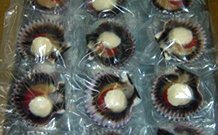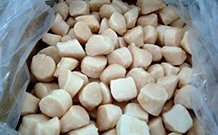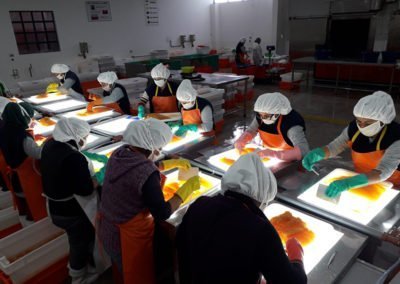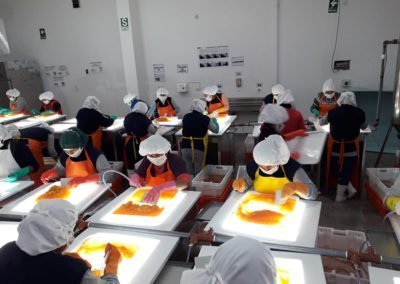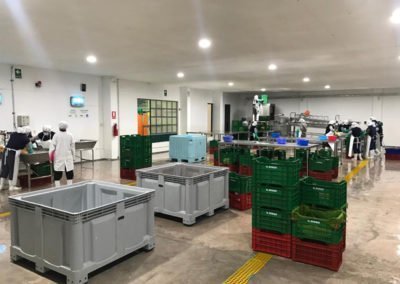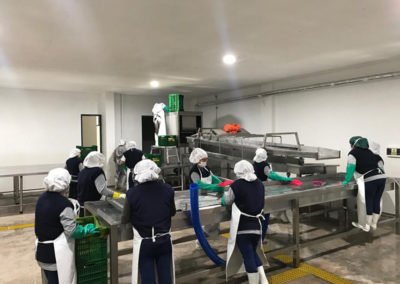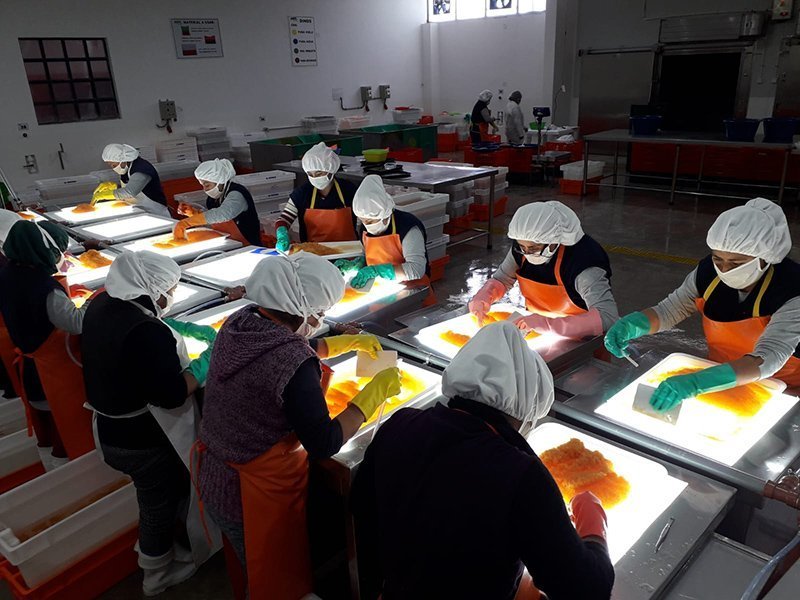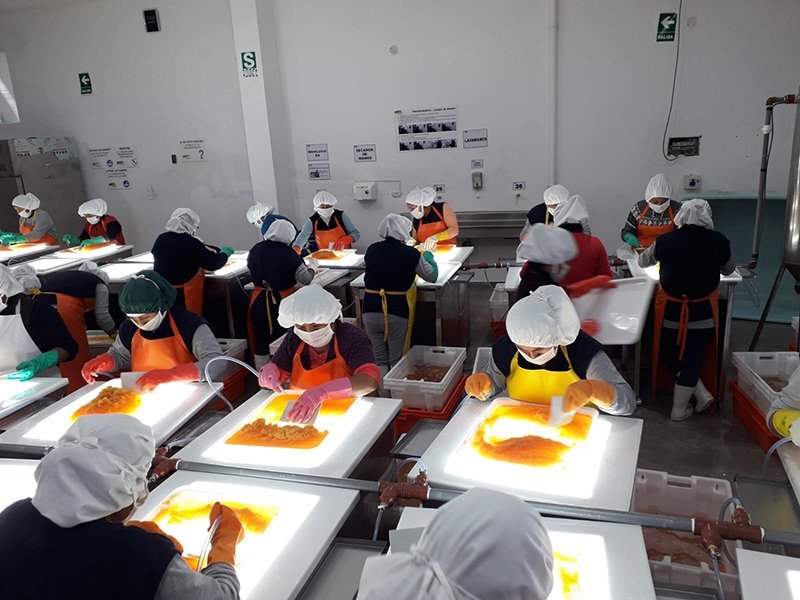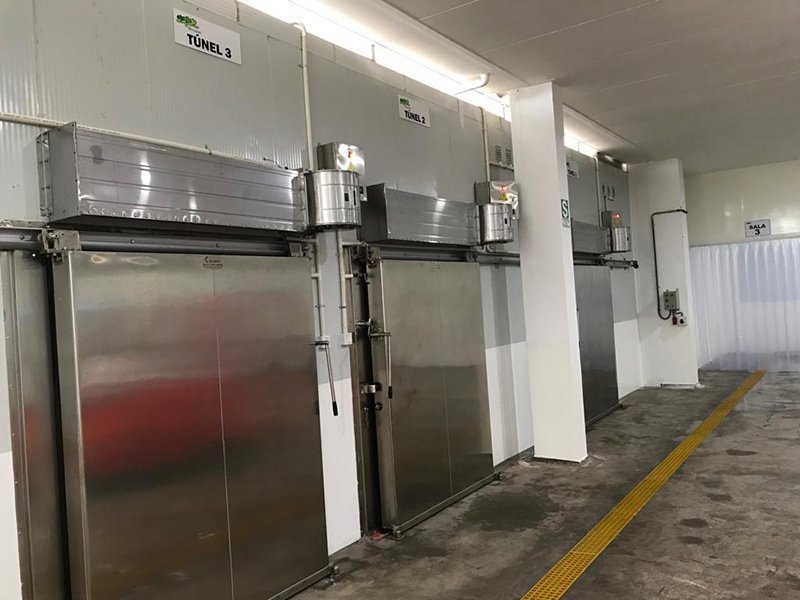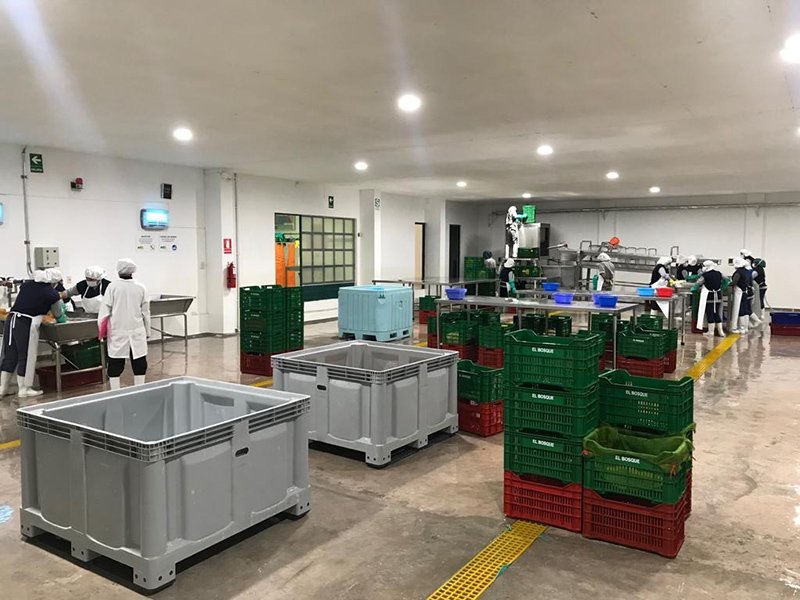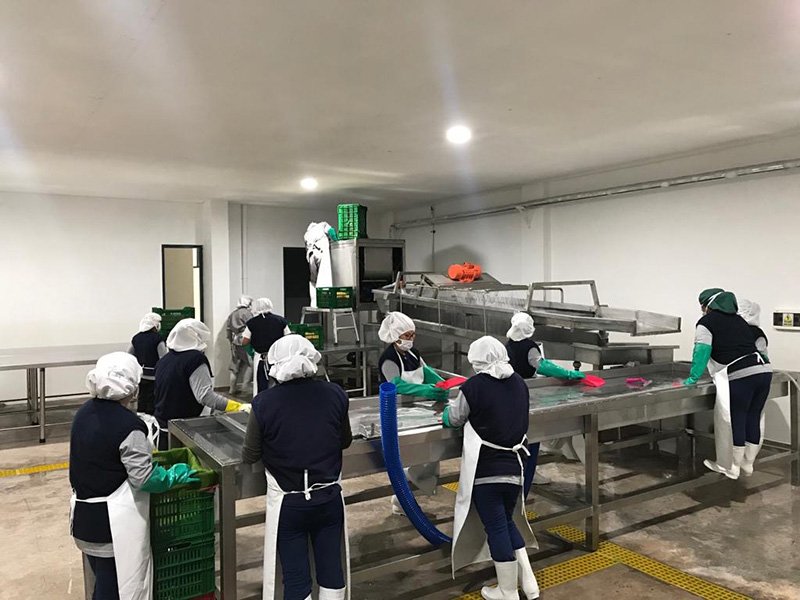Mare Products
All our Terra and Mare products are being packed Food Service or Retail according to customer specifications.
Contact us at riccardo@terramarefoods.com to get detailed information for any of the products of interest such us specifications, packing options and quality certificates

Anchovy Engraulis Ringens
- More than 25 years of experience in the seafood business.
- Three factories located along the Peruvian coastline.
- Certifications: HACCP, BRC, BMP, KOSHER, IFS, FRIENDS OF THE SEA and soon MSC.
- Main markets: Italy, Spain, USA, Canada, Germany, Japan, France, Belgium, UK, New Zealand, Australia and others…
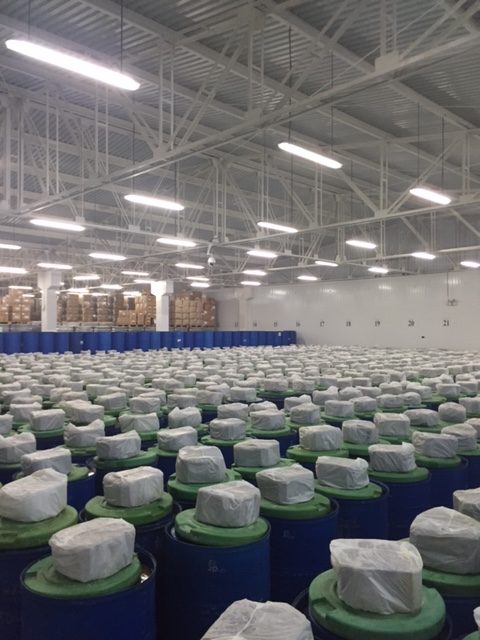

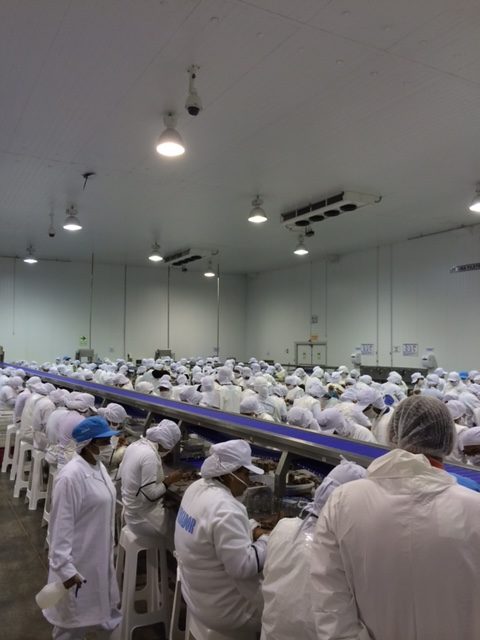


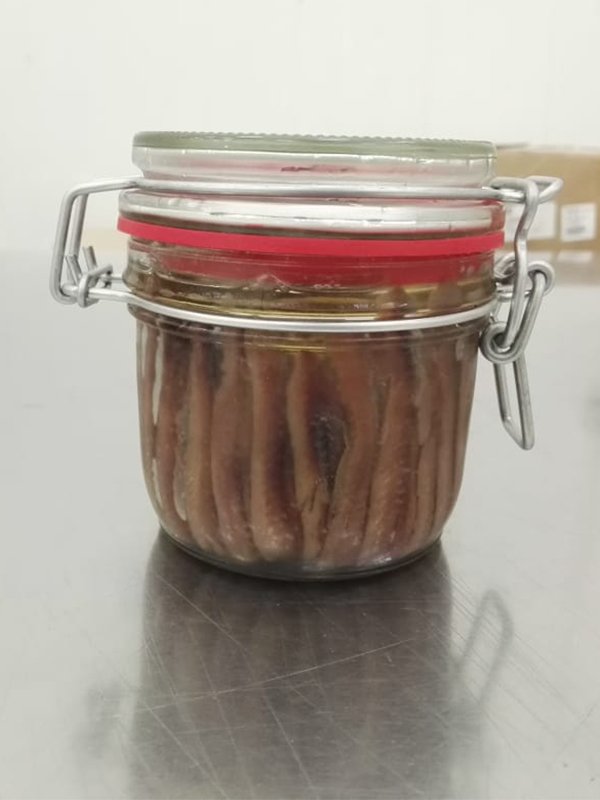

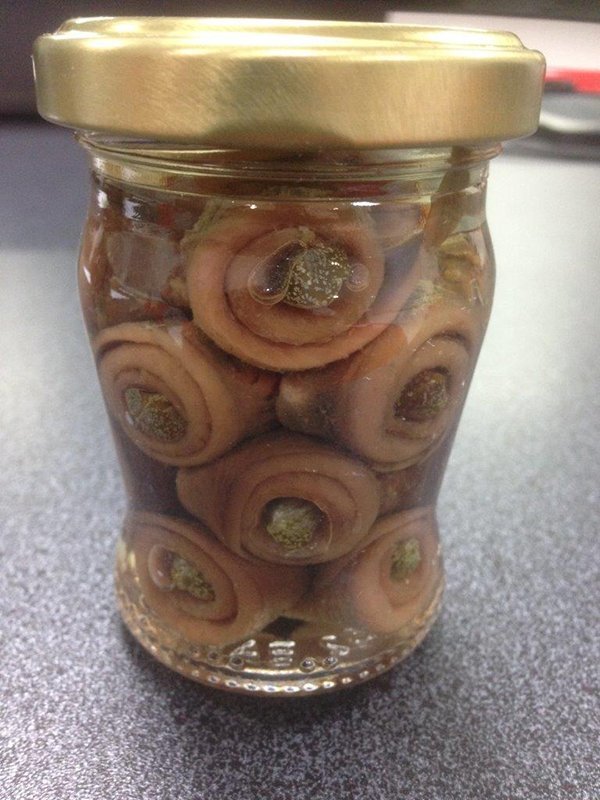
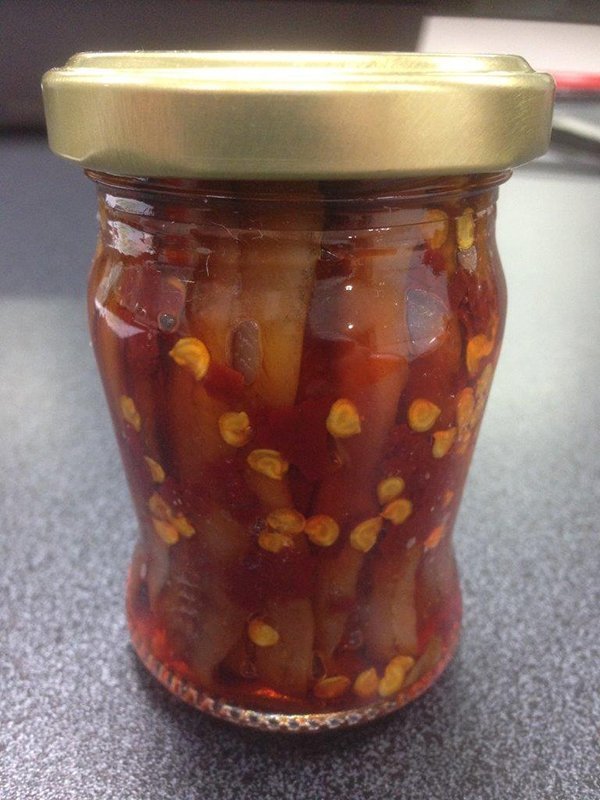
Rainbow Trout
Processing Plant in Puno – Peru, supporting the health local center and small dining centers for children and elderly
MAIN CHARACTERISTICS
•Big Scale Operations
•Capacity: “3,500 Ton Gross Weight”
•Frozen Processing ( Now in 3 Sites)
•Daily Harvesting.
•Strict quality standards
• Farming Time: 10 – 12 months and 14 – 16 months.
• Harvest Target: 600 gr. and 1,600 gr. Gross
• Absence of Antibiotics.
• High Quality Standards
• Very delicate Trimming (By hand)
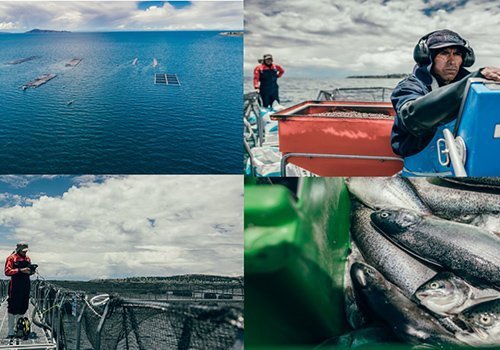
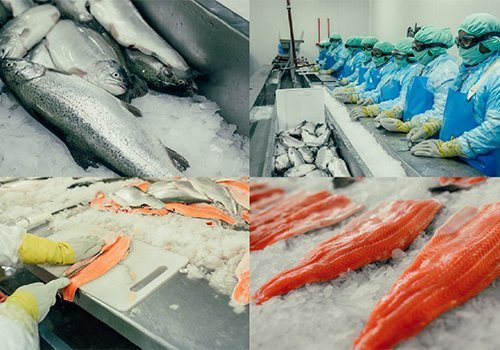
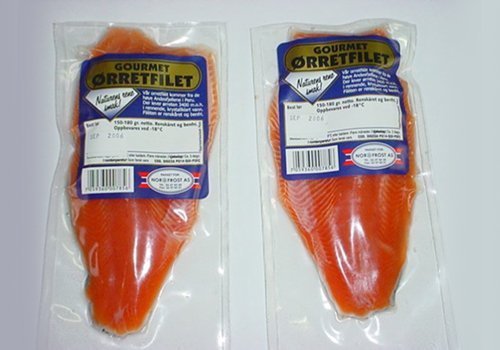
Peruvian Farmed Scallops
In Peru, Peruvian scallop (Argopecten purpuratus) is one of the most important and feasible species to be grown. This is due to a developed and known technology about this specie, as well as an unsatisfied demand in the international market.
The whole process of harvesting is done by fiberglass hydraulic cranes of 36 and 33 feet respectively, which deactivates line systems that are then placed on 30-foot-fiberglass boats, which are taken to the dock where static hydraulic crane transfer the load to wooden pallets. These pallets are carried by forklifts to the shaking area. The product is finally shaken in medium plastic buckets and emptied in mesh or mats which are washed with water jets; then they are loaded in cold chambers, that are transported to the plant.
During this stage we have the supervision of inspectors from Instituto Tecnológico Pesquero del Perú – ITP, which is the competent authority of Servicio Nacional de Sanidad Pesquera – SANIPES.
Available products
• Stem and coral scallop (ROE ON Scallops)
• Single stem scallop (ROE OFF Scallops)
• Steam and coral with mantle scallop (Zamburiñas)
• One-valve scallop (Half shell Scallops)
• Hydrated and rehydrated scallop
Benefits of eating scallops are the following
Lower risk of heart problems, brain development, decreasing trend in pressure, improve kidney function and counteracting inflammation.
Wild Patagonian Pink Shrimp
Our shrimp is wild caught off the coast of La Patagonia in southern Argentina, in the cold waters of the Atlantic Ocean. The clean waters and the rich nutrient ecosystem result in the shrimp’s bright red color, sweet taste and tender texture.
Peruvian Whiteleg Shrimp
(Penaeus Vannamei)
A Peruvian aquaculture company, leader of whiteleg shrimp (Penaeus Vannamei) dedicated to the production of farmed shrimps with the highest quality.
For us, a high quality shrimp is a healthy, clean shrimp, free of antibiotics or chemicals, farmed with sea water in ponds with controlled parameters. We care about developing our employees and surrounding communities as well as developing a sustainable production process that respects the environment.
HOSO

HLSO
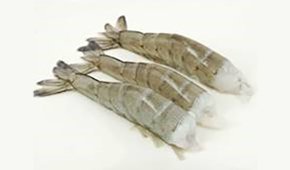
Full line
• PUD (Peeled Undeveined)
• P&DTO (Peeled and Deveined Tail On)
• PP&D (Peeled Pulled and Deveined)
• BTO (Butterfly Tail On)
• PTO (Peeled Tail On)
• P&D (Peeled and Deveined)
• BTR-TO (Butter Round Tail On)
• Ez-Peel (Ease Peel)
Yellowfin and Skipjack Tuna
Product:
1. Tuna solid in vegetal oil
2. Tuna solid in olive oil
3. Tuna solid in brine
4. Tuna chunks in vegetal oil
5. Tuna chunks in brine
6. Tuna Fillets in olive oil
Available packing
80, 160, 170, 185, 195 and 950g
1/4 CLUB
Glass jar 200 ml
Pre-Cooked Tuna loin:
Single cleaning, intermediate cleaning, double cleaning.
Pack Size:
6kg/block, 7.5kg/block or customer specification.
Certifications:
Global Standard for Food Safety – BRC.
ISO 9001-2008 – IQNET ( CO-694-1).
HACCP-Instituto Nacional de Vigilancia y Alimentos (INVIMA)
Business Alliance for Secure Commerce – BASC.
Dolphin Safe Earth Island Institute.
U.E. Approbation No. 0190-94
Distribution and Heat Penetration (Q-Tech)

Flying Fish Roe
TOBIKO
Tobiko is the Japanese word for flying fish roe. It is most widely known for its use in creating certain types of sushi.
The eggs are small, ranging from 0.5 to 0.8 mm. For comparison, tobiko is larger than masago (capelin roe), but smaller than ikura (salmon roe). Natural tobiko has a red-orange color, a mild smoky or salty taste, and a crunchy texture.
Sometimes, tobiko is colored to change its appearance, other natural ingredients are used to accomplish the change, such as squid ink to make it black, yuzu to make it pale orange (almost yellow), or even wasabi to make it green and spicy. A serving of tobiko can contain several pieces, each having a different color.
When prepared as sashimi, it may be presented on avocado halves or wedges. Tobiko is used in the creation of many other Japanese dishes. Often, it is used as an ingredient in California rolls.
Frequently, masago (capelin or smelt roe) is substituted for tobiko, due to its similar appearance and flavor. The smaller size of the individual eggs is apparent to the experienced diner, however.
Contact
riccardo@terramarefoods.com
+1 561 282 8766
-
liliana@terramarefoods.com
+1 561 262 7055
Branches
USA
Palm Beach Gardens
Florida 33410
Office +1 561 2934712
Fax +1 561 557 5495







